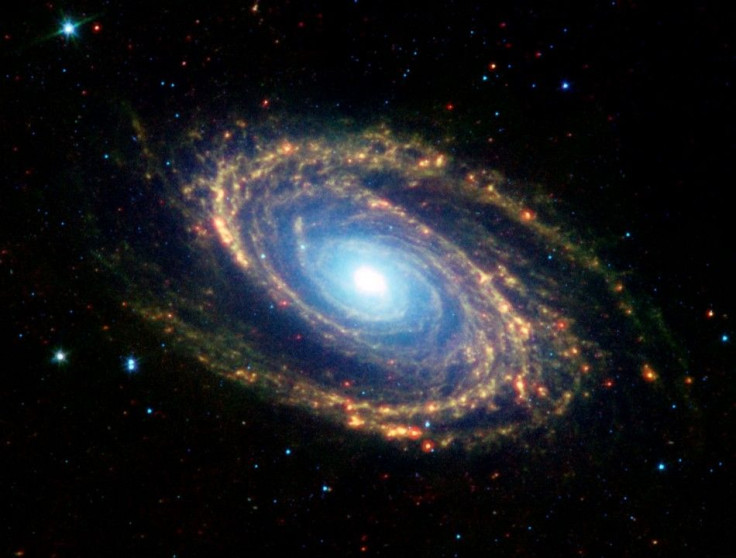Fewer Stars are Born as Galaxies Run out of Gas

An Australian research team has said the universe is forming fewer stars than it did over 8 billion years ago because galaxies are running out of molecular hydrogen.
A team led by Dr. Robert Braun, astronomy and space chief at Australia's government science agency CSIRO, said the star formation peaked over 8 to 10 billion years ago and then began to decline. The galaxies are running out of molecular hydrogen gas from which stars are made.
Braun and his team used the Mopra radio telescope in order to compare distant, older galaxies to our neighborhood galaxies. The time it takes light to reach Earth from those distant galaxies means astronomers are seeing them as they were between 3 billion and 5 billion years ago.
Galaxies at this stage of the Universe’s life appear to contain considerably more molecular hydrogen gas than comparable galaxies in today’s Universe, the research team said in a CSIRO press release.
The group's findings, published Monday in the monthly notices of the Royal Astronomical Society, said that hydrogen has plummeted by a factor of 10 over the past five billion years.
Astronomers have long known that the rate at which stars form reached its peak when the universe was only a few billion years old and has declined steeply ever since, suggesting that our universe is past its prime.
“Our result helps us understand why the lights are going out. Star formation has used up most of the available molecular hydrogen gas,” Dr Braun said.
Some stars shed gas during various stages of their lives or in dramatic events such as supernova explosions, which returns some gas to space to contribute to further star formation.
But most of the original gas—about 70%—remains locked up, having been turned into things such as white dwarfs, neutron stars and planets, Dr Braun said.
So the molecular gas is used up over time. We find that the decline in the molecular gas is similar to the pattern of decline in star formation, although during the time interval that we have studied, it is declining even more rapidly, Braun added.
Galaxies are also 'refueled' from outside, with gas falling into them from the intergalactic medium, the space between galaxies. Two-thirds of the gas in the universe is still found here, with only one third consumed by previous star formation.
Braun noted that the drop-off in both gas availability and star formation seems to have started around the time that Dark Energy took control of the Universe.
© Copyright IBTimes 2024. All rights reserved.





















